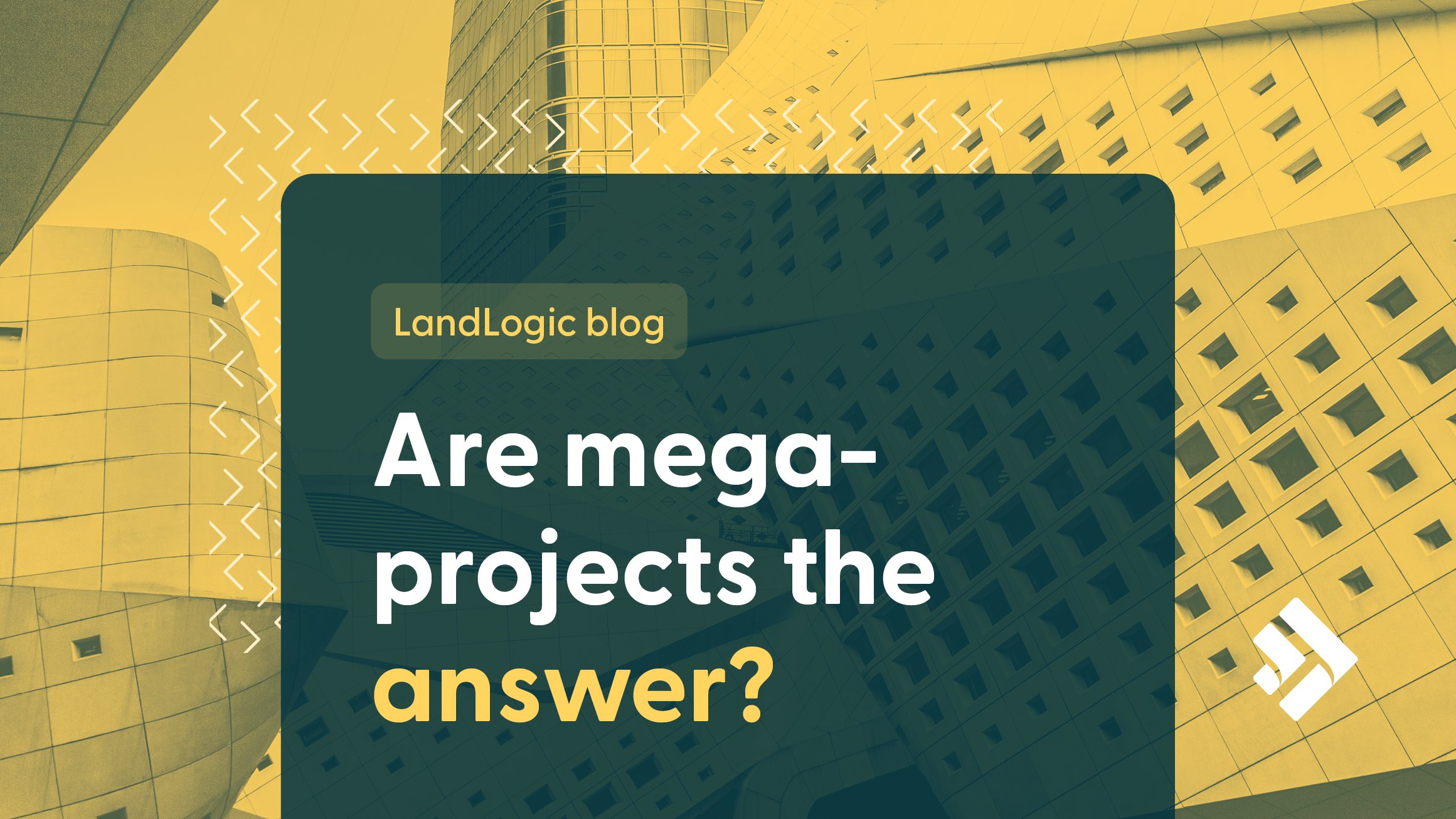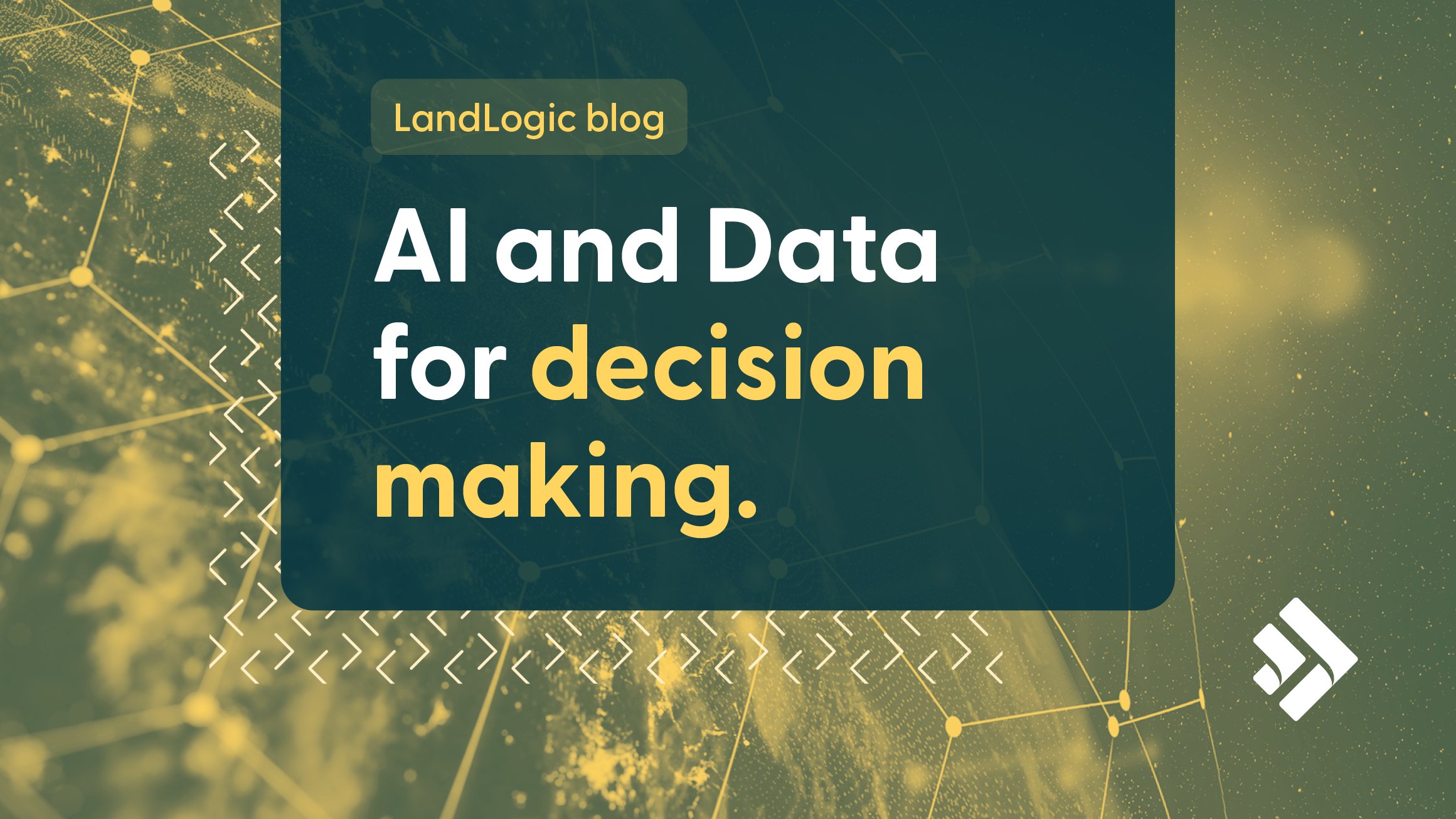The power of guerrilla urbanism and community engagement
Urban development in Canada is often slowed by complex regulatory landscapes, long approval processes, and public resistance. This complexity not only extends timelines but also elevates costs.
But what if we could skip all that?
Imagine a world where we circumvent these arduous timelines and get right to work. This vision is made tangible by Better Block, a U.S.-based non-profit that reimagines underutilized spaces through rapid, community-driven revitalization efforts, demonstrating the transformative power of temporary urban interventions.
Better Block's projects act as prototypes for revitalizing underused blocks through short-term, community-led efforts, demonstrating the potential for lasting urban improvement. These projects, ranging from temporary bike lanes to pop-up businesses, not only invigorate community spirit but also showcase the possibilities of urban development ideas.
Their hands-on approach and methodology are tinged with humor and boldness. As the CEO quipped in his TEDx video, “we can break every law and rule we want, as long as we wear an orange vest.” This statement, while tongue-in-cheek, underscores the group's willingness to push boundaries and challenge conventional bureaucracy to make immediate, impactful changes in communities. Such boldness is emblematic of Guerilla Urbanism, where the goal is to test ideas in real-time, demonstrating the transformative potential of collaborative, community-led projects.
By operating as guerilla-like proof-of-concepts, these urban “experiments” can lead to tangible improvements and even potential policy shifts. The most interesting thing about the grassroots nature of Better Block projects is their ability to rapidly test and demonstrate the benefits of various urban ideas at a low cost.
The principles behind Better Block, though originating in the U.S., could be adapted to address specific challenges and opportunities within Canadian municipalities. The proof-of-concept nature and adaptability could help foster increased community engagement and smarter urban planning, especially in the areas facing socioeconomic challenges.
━━
The potential of concepts like Better Block to inspire and guide urban development in Canadian cities is immense.
Guerilla Urbanism, like Better Block's approach, challenges traditional municipal planning by advocating for temporary, cost-effective solutions to revitalize neglected areas. While promising, these innovative solutions don’t address the many complexities of the development approval process. Instead, they act as catalysts for change, highlighting what’s possible. While they do encourage community engagement, the need to navigate formal planning and regulatory frameworks for permanent transformation can’t be replaced.
The potential of concepts like Better Block to inspire and guide urban development in Canadian cities is immense. Perhaps if we can integrate community-led projects like this into the fabric of our planning process we can better illustrate what is possible in a neighbourhood, with limited cost, and possibly even expedite improvements.
It's important to remember that these temporary projects complement rather than replace the structured development process and can only be applied to small-scale projects. It’s difficult to imagine applying it to any large development, like building a 40-story condo. Large developments require extensive planning, financing, and regulatory approval processes that address a wide range of factors including structural safety, environmental impact, and long-term urban planning goals. While the principles of community engagement and innovative use of space can inform aspects of large developments, the scale and permanence of such projects necessitate a much more complex and formalized planning process.
The new collaboration between LandLogic and Teranet is a game-changer. LandLogic’s Basic Zoning Report is providing real estate professionals across Ontario with instant access to critical zoning data. This powerful new capability transforms the due diligence process, offering an efficient and timely way to uncover a property’s highest and best use. Let’s take a closer look at how various professionals can harness this enhanced intelligence to drive success.
We are proud to welcome Hugh O’Reilly as the new Chair of LandLogic’s Board of Directors. A visionary leader with a proven track record in governance, strategy, and innovation, Mr. O’Reilly brings a depth of expertise that will be instrumental in shaping LandLogic’s next chapter.
LandLogic Solutions Inc. is proud to announce a strategic partnership with Teranet Inc., Ontario’s exclusive provider of land registry data and a trusted steward of property intelligence. Together, we are launching a new capability: instant zoning intelligence, embedded directly into GeoWarehouse, a platform used by real estate and land professionals across Ontario.
CMHC’s Housing Design Catalogue is a promising step toward faster, more affordable housing development. But even with pre-approved designs, projects can stall due to zoning restrictions, infrastructure constraints, and regulatory complexity. LandLogic bridges this gap by consolidating critical data; helping developers and municipalities identify build-ready sites in minutes, not weeks.
Residential Multiplex Infill (RMI) streamlines multi-unit development by identifying properties that align with zoning and funding opportunities like CMHC’s MLI Select. LandLogic simplifies this process with data-driven tools for zoning analysis, site selection, and ROI optimization—empowering real estate professionals to make smarter, faster decisions.
2024 has been a year of significant progress for LandLogic as we worked to equip the real estate industry with meaningful tools. This year, we launched innovative solutions that help identify ideal sites, assess property values, and evaluate risks and opportunities—providing the insights needed to streamline real estate projects.
Imagine you’re Drake, one of the world’s biggest stars. You have everything—fame, fortune and a dream home that you had custom built in Toronto’s prestigious Bridle Path neighborhood. But then a massive storm hits, and your mansion suffers significant flood damage. What went wrong?
Ontario faces significant obstacles in meeting housing supply goals, from lengthy development approval processes to fragmented data management, not to mention inflation, mortgage rates, and skilled trades shortages – both on the regulatory side and the industry side. One Ontario - powered by LandLogic - is ready to help on the data and process side, one of the biggest bottlenecks in getting projects approved.
LandLogic is thrilled to announce that it is now powering the One Ontario solution to streamline the development approvals process. LandLogic plays a pivotal role by structuring and harmonizing land data, providing jurisdictional clarity for developers while supporting authorities in making good development decisions.
By providing a comprehensive, automated review of potential sites, AI can help in selecting the most viable options, helping the developer optimize investments and mitigate risks.
Coming soon! The introduction of Zoning Reports to our platform will enhance the ability of our users to make strategic decisions and succeed in a competitive market. Stay tuned for the release and prepare to take your real estate ventures to the next level with LandLogic.
While the budget trends in the right direction for housing, real success hinges on aggressively cutting through bureaucratic red tape and accelerating approval processes. The government must transition from talk to tangible action, focusing sharply on execution.
A recent Bloomberg article pointed out that in 2013, Canada was 13th among 170 nations in meeting basic citizen needs, per the Social Progress Imperative. By 2023, it fell to 39th, significantly due to the housing affordability crisis and reduced productivity, paralleled by a decline in well-being.
As Canada grapples with a housing shortage of 3.5 to 5 million homes, the question arises: could the ambitious architectural mega-projects coming out of the Middle East offer an example for solving Canada’s housing crisis?
By operating as guerilla-like proof-of-concepts, these urban “experiments” can lead to tangible improvements and even potential policy shifts.
There is a pressing need for a balanced approach that respects community concerns while also advancing broader housing goals. This is where technology and data analytics should come into play.
AI for predictive analysis and map-based data technologies to provide additional insights can democratize data access, streamline development processes, and foster better collaboration between developers and regulators.
The disconnect between available land versus developable land requires a strategic, collaborative approach if we are going to transform raw land into vibrant communities.
Being aware of a property's flood plain status or other environmental constraints not only impacts the feasibility of development plans but could also provide significant negotiating leverage.
With LandLogic our goal is to help construction leaders transform greenfield and brownfield sites into thriving communities, respecting the past and embracing the future.
The LandLogic team has dedicated decades to researching the challenges of urban development, focusing on streamlining the development process.
The AECO team has been incubating LandLogic over the past year, and the platform is now ready for beta testing.






















